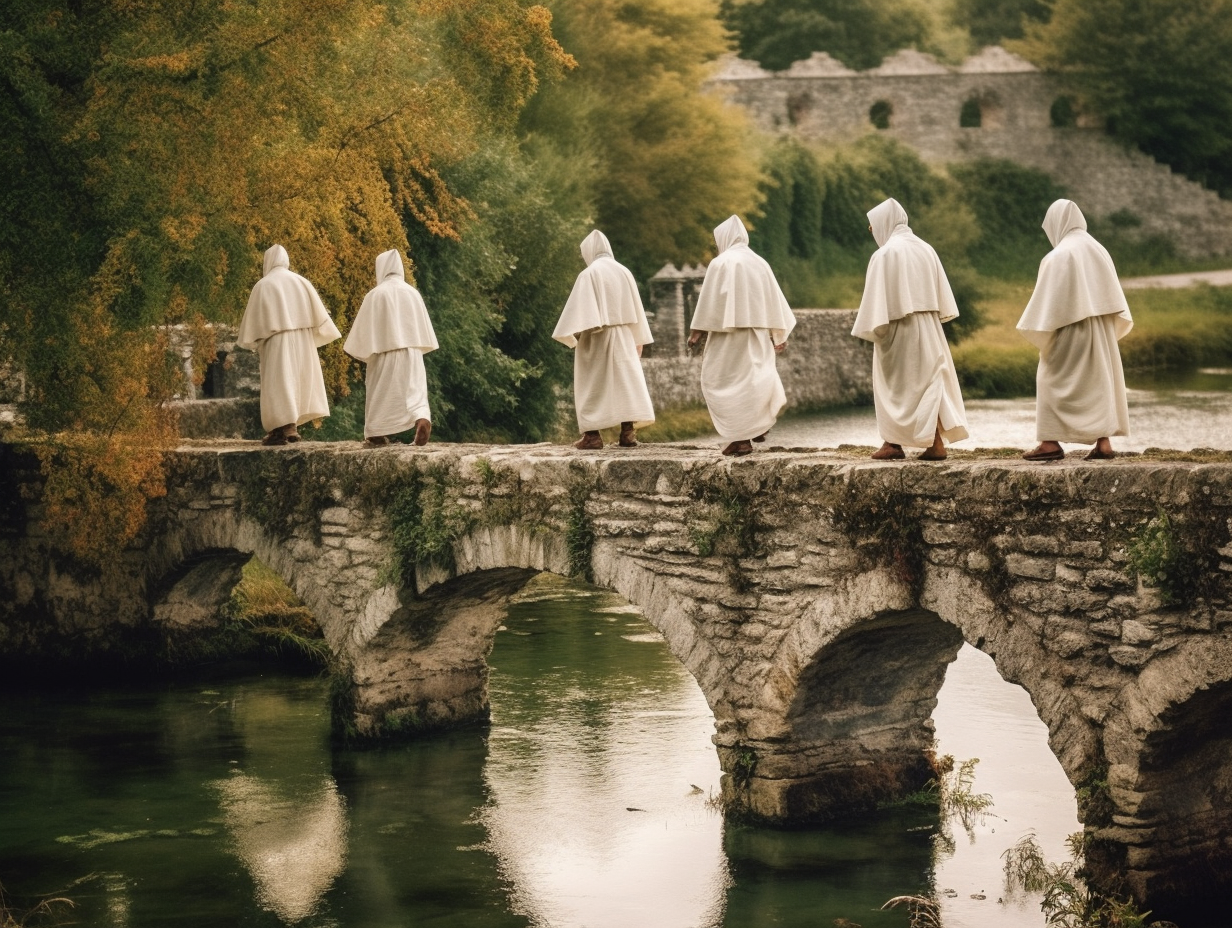Land of the White Monks
Tucked away in the heart of England’s green and fertile north east is the medieval village of Blanchland (Land of the White Monks), a tiny village that combines the rugged history of the area with a unique and picturesque charm.
Blanchland is a firm favourite with my family and friends, as any one (or more) of our number will pay a visit at least a couple of times a month to enjoy the numerous walks that crisscross the area.
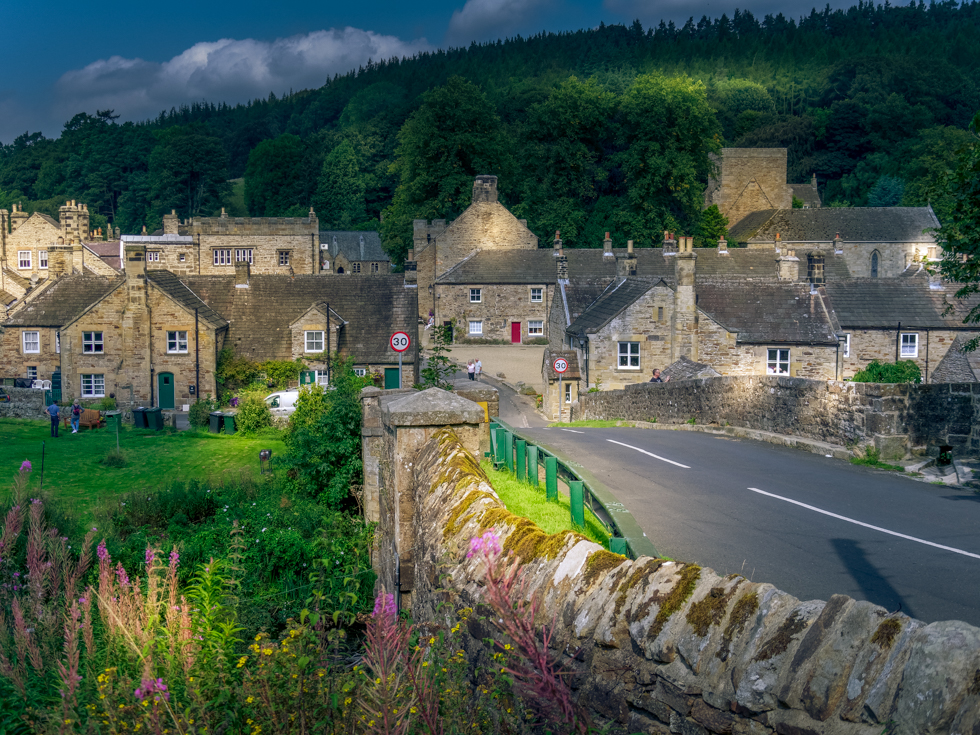 The road into Blanchland from County Durham across the River Derwent into Northumberland.
The road into Blanchland from County Durham across the River Derwent into Northumberland.
I first discovered this gem way back in my early twenties. I was looking for locations to complete college photography projects, preferably locations that incorporated my love of walking, and came across Blanchland. I spent many glorious hours hiking the wild moors and beautiful tree-lined avenues that surround the village, which lies just 11 miles from the village of Shotley Bridge and 10 miles from the county market town of Hexham. My enthusiasm is shared by an increasing circle of people, who are now members of an avid Blanchland Village fan club.
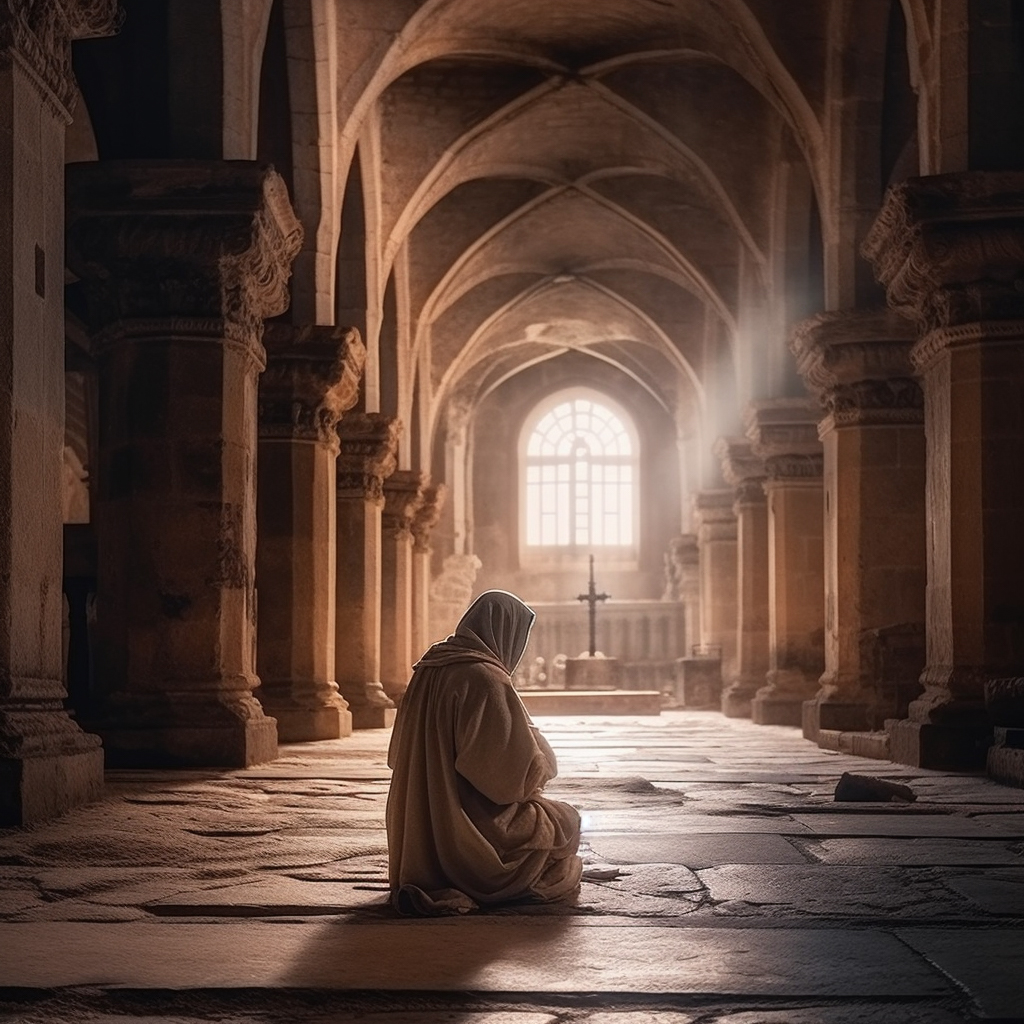
Blanchland's rich history begins in 1165 when Blanchland Abbey was built to house twelve Premonstratensian Canons, who wore a white cassock, a long white cloak and white headwear, and were known as white Canons. In ancient monastic documents, the community was referred to as "Alba Landa," which translates to Blanchland in Anglo-Saxon. The Abbey was dedicated to the Blessed Virgin Mary and was ruled by the Abbot, as every Premonstratensian Monastery was classed as an Abbey.
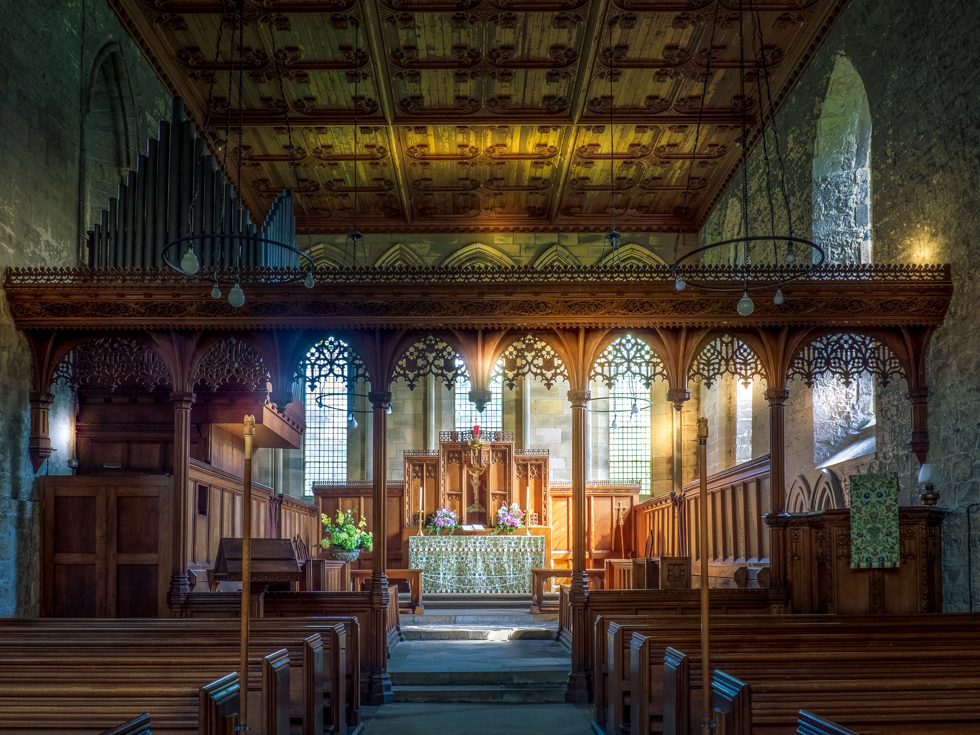 Today's church is The Abbey Church of God and St Mary The Virgin.
Today's church is The Abbey Church of God and St Mary The Virgin.
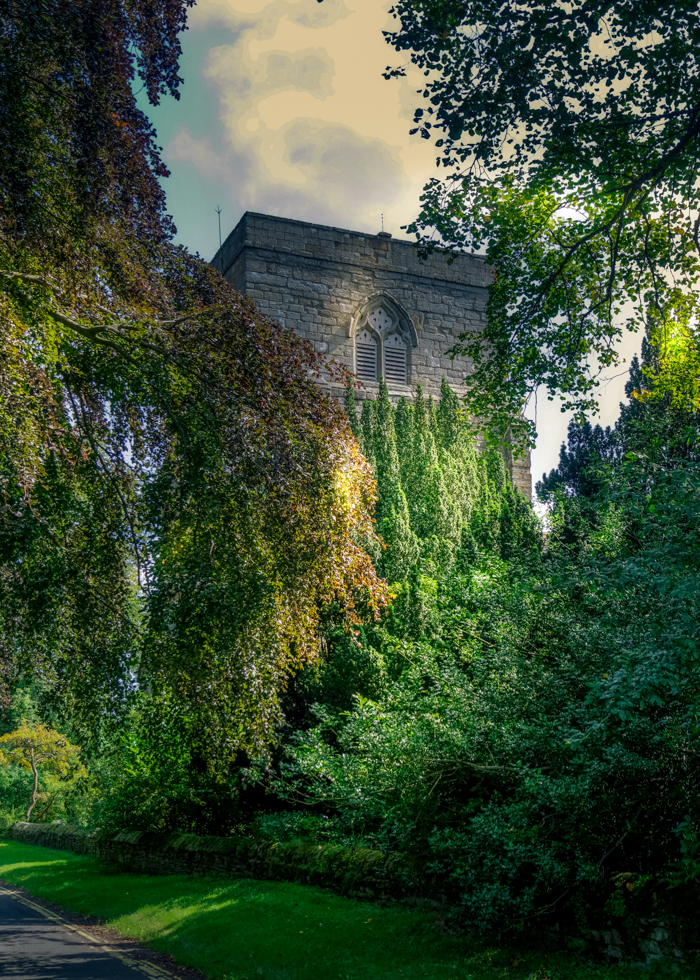
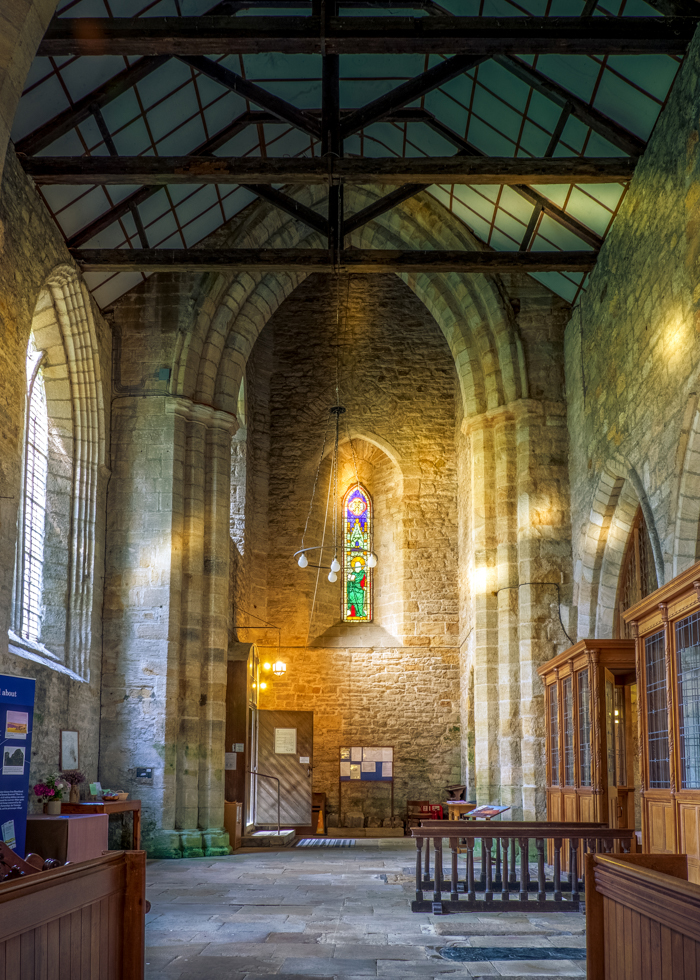
As the Abbey grew, cottages were built to accommodate workers and their families. The land surrounding the Abbey was cultivated, marshes drained, bridges and mills built, and small country industries developed to provide for the monastic community.
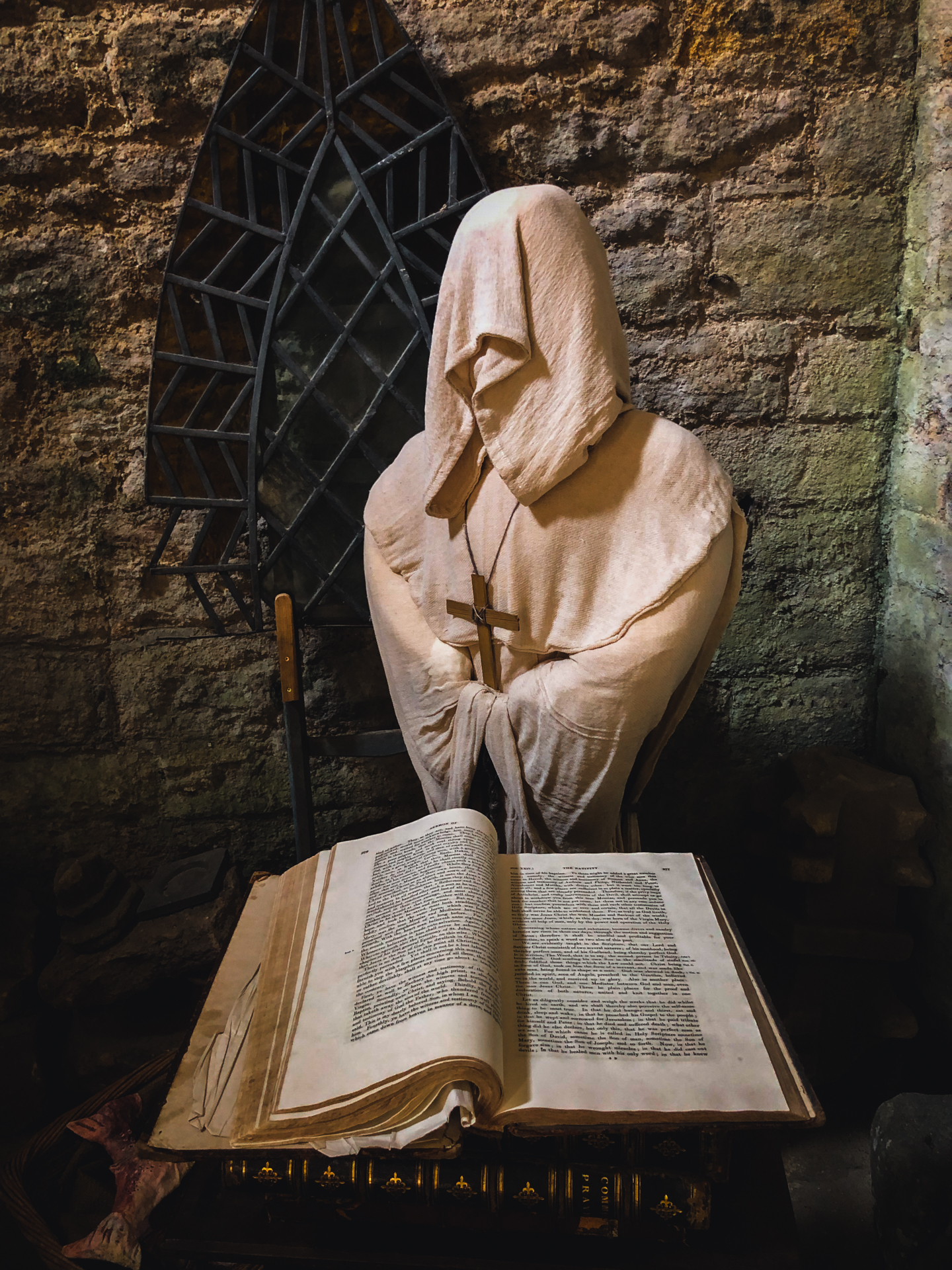
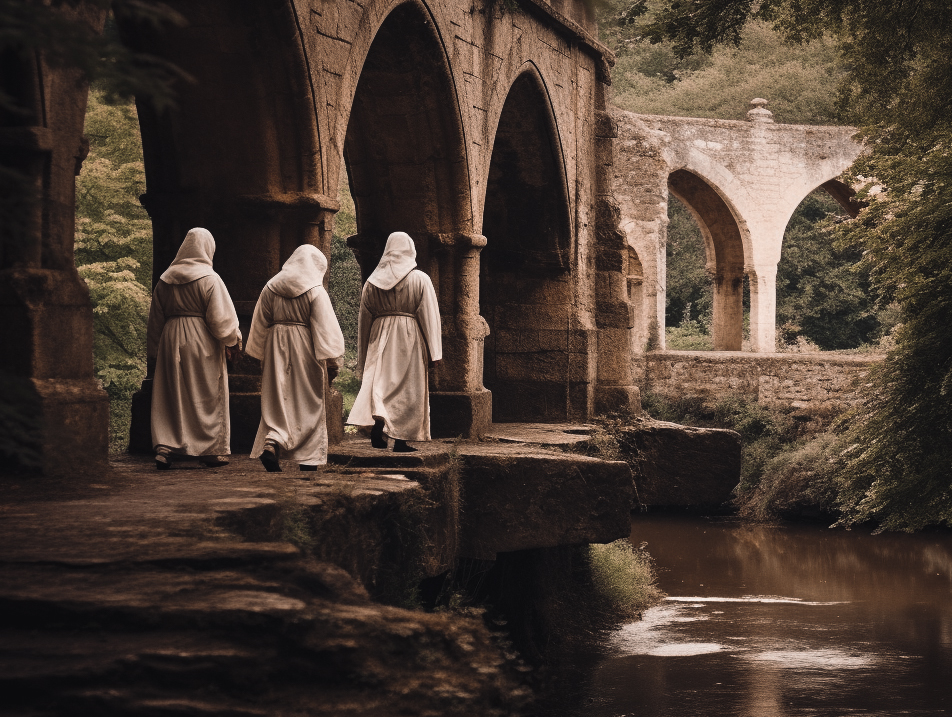
The Abbey was a thriving hub of activity and the dwellings and workshops were enclosed to offer some protection from wild animals, but unfortunately not marauding Border Reivers who conducted a sacrilegious raid, slaughtering many of the monks, pillaging the Abbey and setting fire to the buildings.
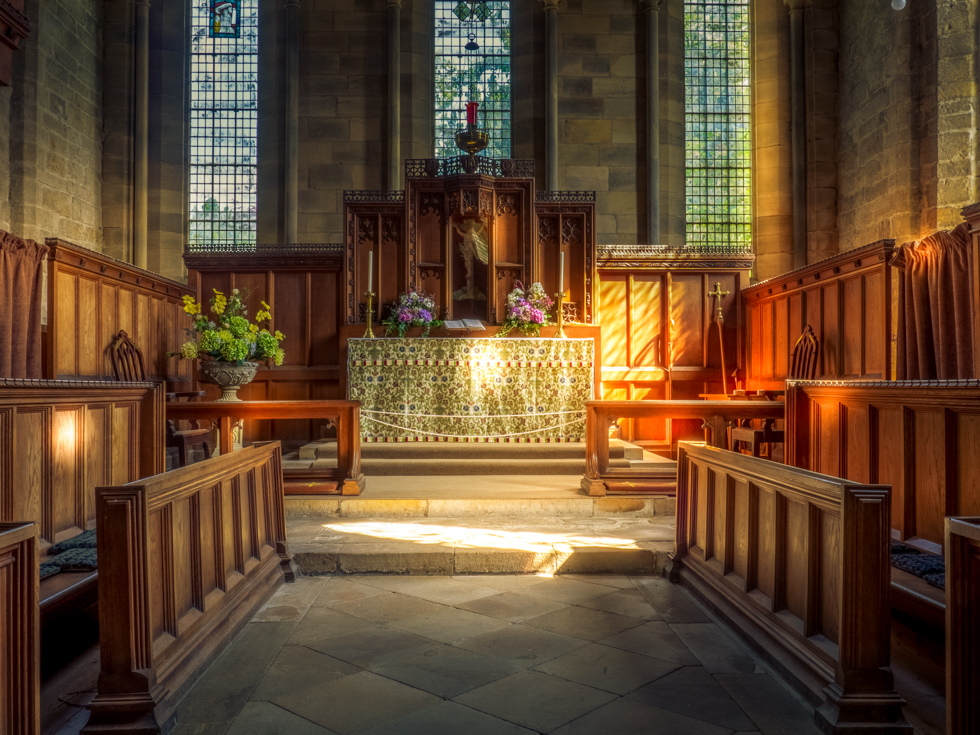
But Blanchland's medieval origins remain intact, thanks to the governance of the Lord Crewe Trustees, who have administered Blanchland since 1722. The Trustees have worked tirelessly to preserve the village's unique heritage, and their efforts have paid off, making Blanchland one of the very few places in the UK that still retains its medieval charm.
